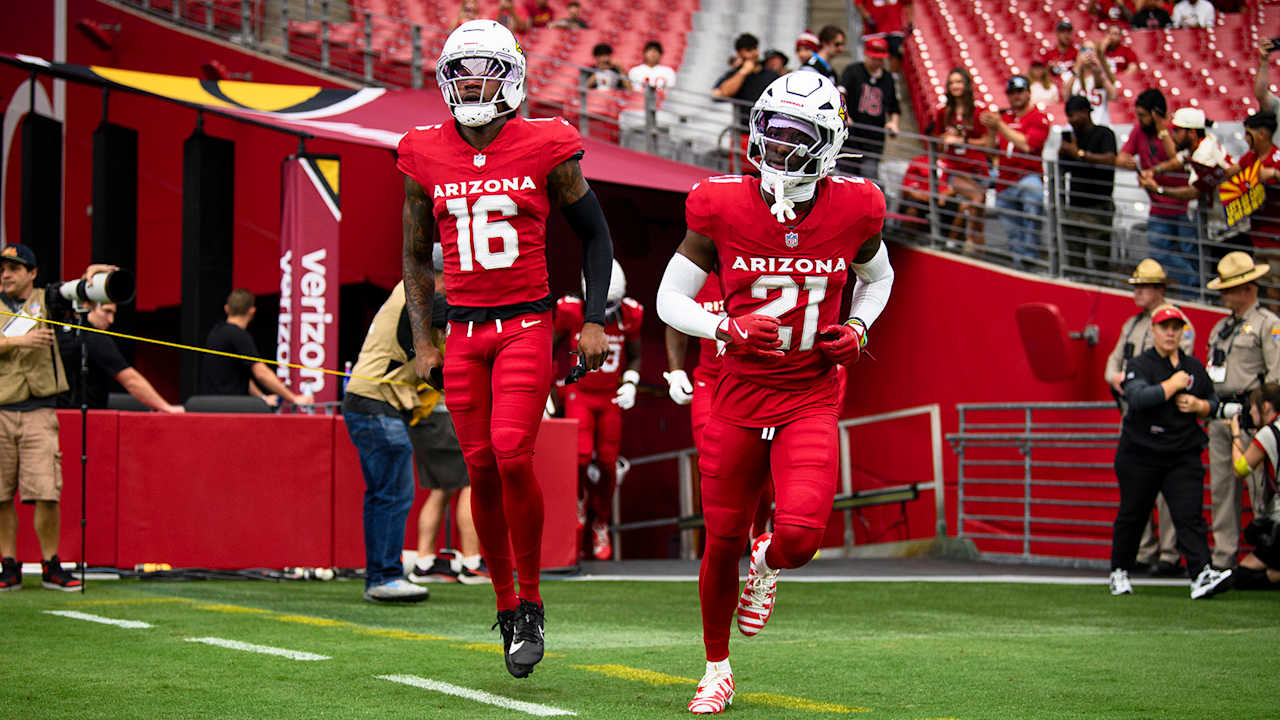A Girl Scout who fell into a canyon during a hike in a remote, mountainous part of Southern California earlier this year was rescued within hours after suffering a potentially dangerous concussion thanks to a direct-to-cell satellite service that enables users to get in touch with 911 using a regular smartphone in the absence of terrestrial cell phone coverage.
Owners of the newest iPhones have been able to text 911 in emergency situations via satellites circling the planet in low Earth orbit since late 2022. Those phones, however, needed specialized antennas to connect to dedicated satellite communications frequencies.
The life-saving service, which automatically shares the caller’s precise location, became more widely available earlier this year after mobile operator T-Mobile turned on its text-to-911 service in cooperation with SpaceX‘s Starlink satellites for all existing cell phones less than four years old. The service has been available in beta testing since February and came fully online this summer.
Satellite emergency text messaging is now being integrated into the U.S.-wide next-generation 911 (NG911) system that allows people in distress to send text messages instead of calling 911 to get help, John Snapp, vice president of technology at Intrado, told Space.com.
Intrado is a Nebraska-based public safety communications provider, which developed the infrastructure to incorporate satellite networks into the NG911 system. The company’s Emergency Call Relay Center (ECRC) handled the 911 text message sent out by the distressed Girl Scout leaders on June 22 of this year after one of their charges slipped and fell into a canyon while exploring the 3,694-foot (1,126 meters) mountain Pico Blanco, in Los Padres National Forest near Big Sur, California.
The troop of seven teenage girls and their leaders were looking forward to an adventurous night in nature. But the overnight hike took a serious turn when the girl fell, losing consciousness. If not for the recently enabled satellite emergency messaging service, the accident could have ended in tragedy.
“In the past, they would have to send somebody to hike out and find a spot with regular terrestrial signal and hope that they would find their way back and guide the rescue team there,” Snapp said.
Cell phone coverage is extremely patchy in Los Padres National Forest due to its rugged terrain and remoteness. Although the park attracts millions of nature-loving visitors every year, terrestrial cell phone signal quickly wanes once one wanders off populated areas and away from main roads.
“When people are lost in remote areas with no knowledge of their location and cellular coverage is too weak for standard communication, pinpointing a 911 caller becomes extraordinarily challenging,” Intrado ECRC Manager Jason Davis, who coordinated the emergency response, told Space.com. “In this rescue operation, satellite technology proved absolutely critical. Without satellite-enabled communication and precise location identification, this rescue could have stretched from hours into days, requiring extensive search teams and additional resources to locate the missing hikers.”
Instead, satellite-enabled supplemental coverage from space allowed Intrado’s ECRC team to immediately identify the caller’s exact position and rapidly coordinate with local first responders. The first helicopter was dispatched in minutes to retrieve the injured girl; a second chopper followed about an hour later to bring the rest of the troop to safety.
Snapp said that terrestrial cellular networks cover only about 80% of U.S. territory. The scenic slopes of the Los Padres National Forest are among the remaining 20% of the U.S. landmass that, prior to the introduction of satellite direct-to-cell services, was completely off-grid.
Starlink was founded with the mission to provide broadband connectivity to remote areas around the world. Out of its fleet of around 8,000 satellites currently in orbit, over 500 enable direct-to-cell text messaging. Other satellite operators are working to support direct-to-cell services as well. Vodafone and AT&T have partnerships to provide 4G and 5G connectivity via satellite with AST SpaceMobile. The early Apple service relied mostly on the U.S. constellations Iridium and GlobalStar, which are otherwise known for providing satellite telephony requiring dedicated and rather costly handsets.
“The important thing is that these services now work completely seamlessly on the phone,” Snapp said. “The satellite is like just another cell tower, only in space, and the phone is constantly looking for a cell site to connect with. It gives you ubiquitous coverage wherever people are.”
Snapp said the technology will be a gamechanger for adventurers of all sorts — and also mariners sailing in international waters worldwide, which are out of the reach of cell towers.
Source link

